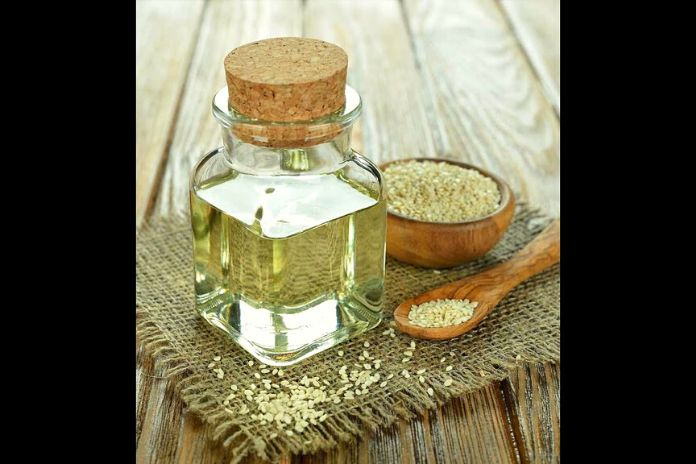Peanut butter, white almond puree… many of us love these “vegetable butters”. However, we often need to pay more attention to their multiple uses in the kitchen and their many nutritional benefits. All the answers to your questions to adopt them permanently!
What Are The Benefits Of Oilseeds?
Oilseeds are indeed an excellent source of omega-3 fatty acids. Perfect fats for health and even essential. They ensure the proper functioning of cells and tissues. Unable to manufacture it, our body must imperatively find it in food.
What Is Oilseed Puree?
Oilseed puree, also called oilseed butter or vegetable butter, refers to fruits or oilseeds that are crushed at low temperatures and then turn into a very creamy cream. The best-known oilseed purees are almond, hazelnut, peanut and sesame, the famous tahini. The list goes on: cashews, macadamias, pecans, pistachios, and even pine nuts, sunflower seeds, and pumpkin seeds. Although oilseed purees are only sometimes inexpensive, they are generally used in minimal quantities.
Are Oilseed Purees Good For Your Health?
Yes, and unique because no other food is so concentrated in lipids – hazelnuts in mind – and proteins. Because, yes, they are excellent sources of protein, exceptionally easily assimilated (the distribution of amino acids is very close to that of the egg). Oilseed purees are also rich in unsaturated fatty acids (to increase good cholesterol and reduce bad), but also fibre, vitamin E (antioxidant) and niacin (a rare vitamin involved in the production and transport of energy to cells). Not to mention their richness in minerals: sodium and potassium in peanuts, calcium in almonds, iron and magnesium in sesame…
Oilseed Purees: How To Use Them In Cooking?
Constituting excellent alternatives to fats of animal origin, they replace, for example, fresh cream in sauces or soups thanks to a mixture of mashed cashew nuts, lemon juice and fresh water. They are combined with soy cream for 100% veggie quiches. Oilseed purees easily slip into our veloutés: the mixture of carrots, coconut milk and peanut puree is one of the essentials. And in pastry, they have not finished impressing us by replacing eggs, cream and butter in shortbread, pancakes, pastry and pastry creams. And if you don’t want too much of a taste, you’ll prefer white almond or cashew nut puree.
Oilseed Purees: How To Dose Them Well In The Kitchen?
Child’s play! To replace soft butter, the same quantity of oilseed puree is used. For hard butter, in a crumble, for example, you use solid coconut oil in addition to the puree of your choice. And to replace melted butter, we make half oilseed puree and half vegetable oil. We can favor olive oil because it supports a high temperature, and the taste fades during cooking. Either way, the flavor of the mash will always take over. As for drinks, oilseed purees slip into smoothies and are also used to prepare delicious beverages (mix two tablespoons of puree and 50 cl of spring water).
Why Make Your Oilseed Purees?
The price difference between store-bought mash and homemade mash is not staggering (unless you can pick nuts or buy directly from the producer…). Making your oilseed purees is more for the pleasure of homemade and to think of them as you like them. We will be able to make purées that we cannot find on the market, such as that of walnuts, or even make our mixtures: sesame seeds and peanuts, whole almonds and hazelnuts… We can, moreover, flavor them with what you like: maple syrup and spices … You can reserve your homemade purees for raw consumption (on toast, etc.) and prefer those from the store for cooking.

